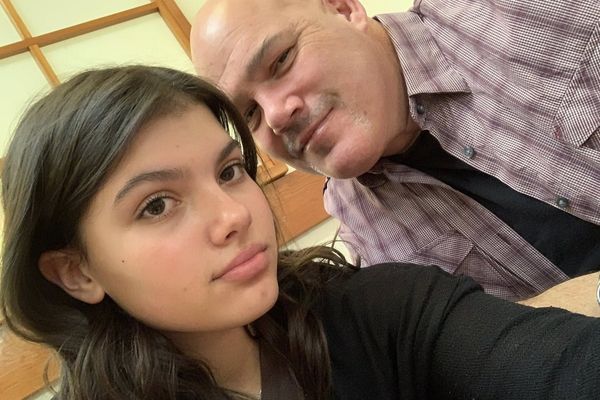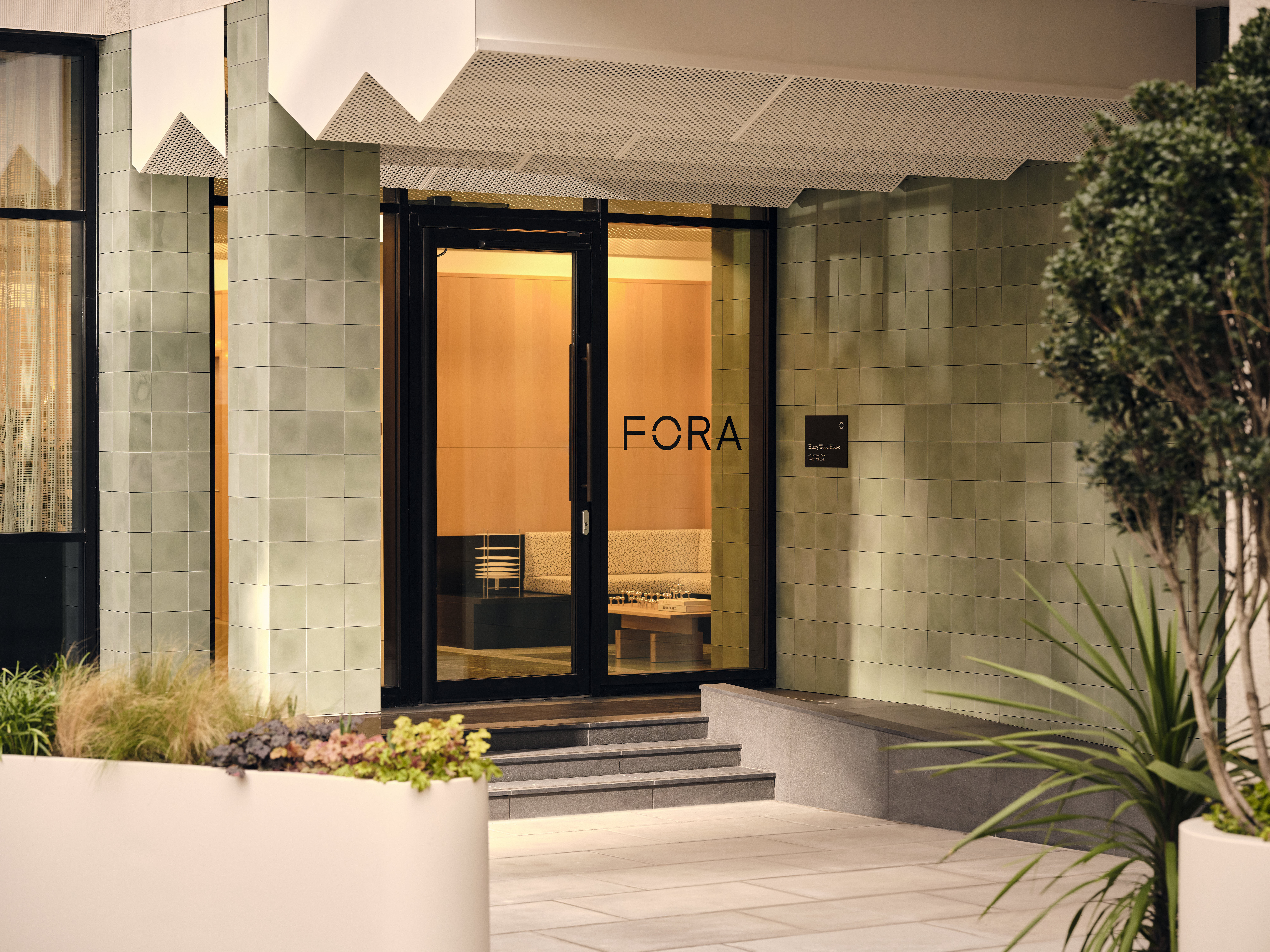
If Fora Space’s newly minted London outpost, Henry Wood House, sitting just across the road from the Langham Hotel and John Nash’s 1824 All Souls Church, is anything to go by, the days of the quotidian office space are well and truly numbered – no longer is co-working a novelty.
It helps that London-based design studio Nice Projects (also behind the recent opening of restaurant Claudine in Singapore) was tapped to breathe new life into the Henry Wood House, a postmodernist pile built in 1964 on the site of St George’s Hall where the Prom concerts were conducted by Henry Wood after whom the building is named.
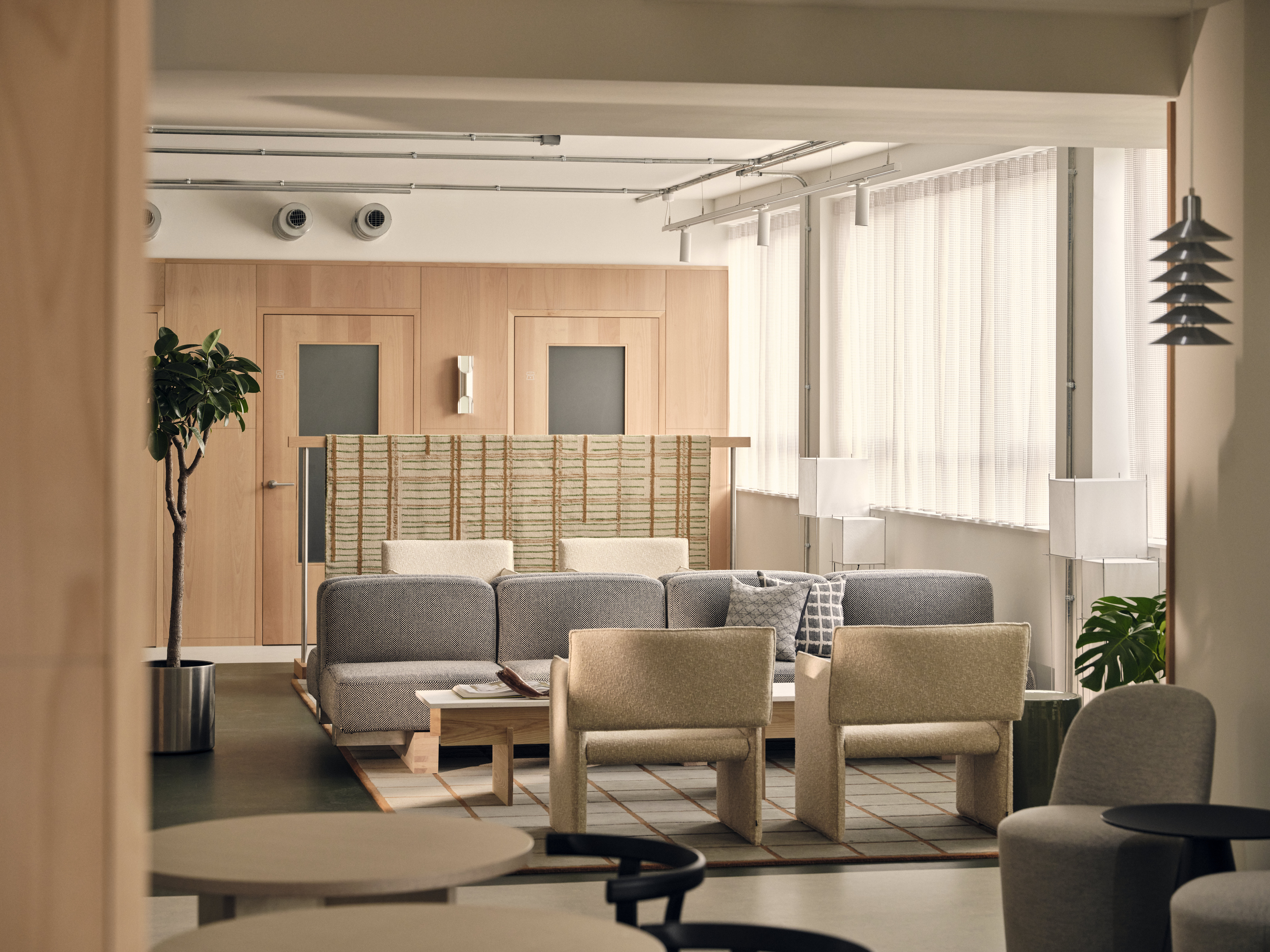
Step inside Henry Wood House by Nice Projects
Taking up the first eight floors of the 18-storey building, the interiors are soothing on the senses and almost addictively tactile, thanks to a savvy mix of colours and textures that create a quietly relaxed, residential mood that so many other co-working spaces strive for, but rarely achieve.
‘I suppose just by having designed a lot of hospitality spaces, we know what makes a space feel inviting and warm, what elements make people want to spend time in a space, and how to make them feel comfortable,’ says Nice Projects’ co-founder Sacha Leong who, with his partner Simone McEwan, was careful to link the mood-board and materiality back to the building’s DNA.
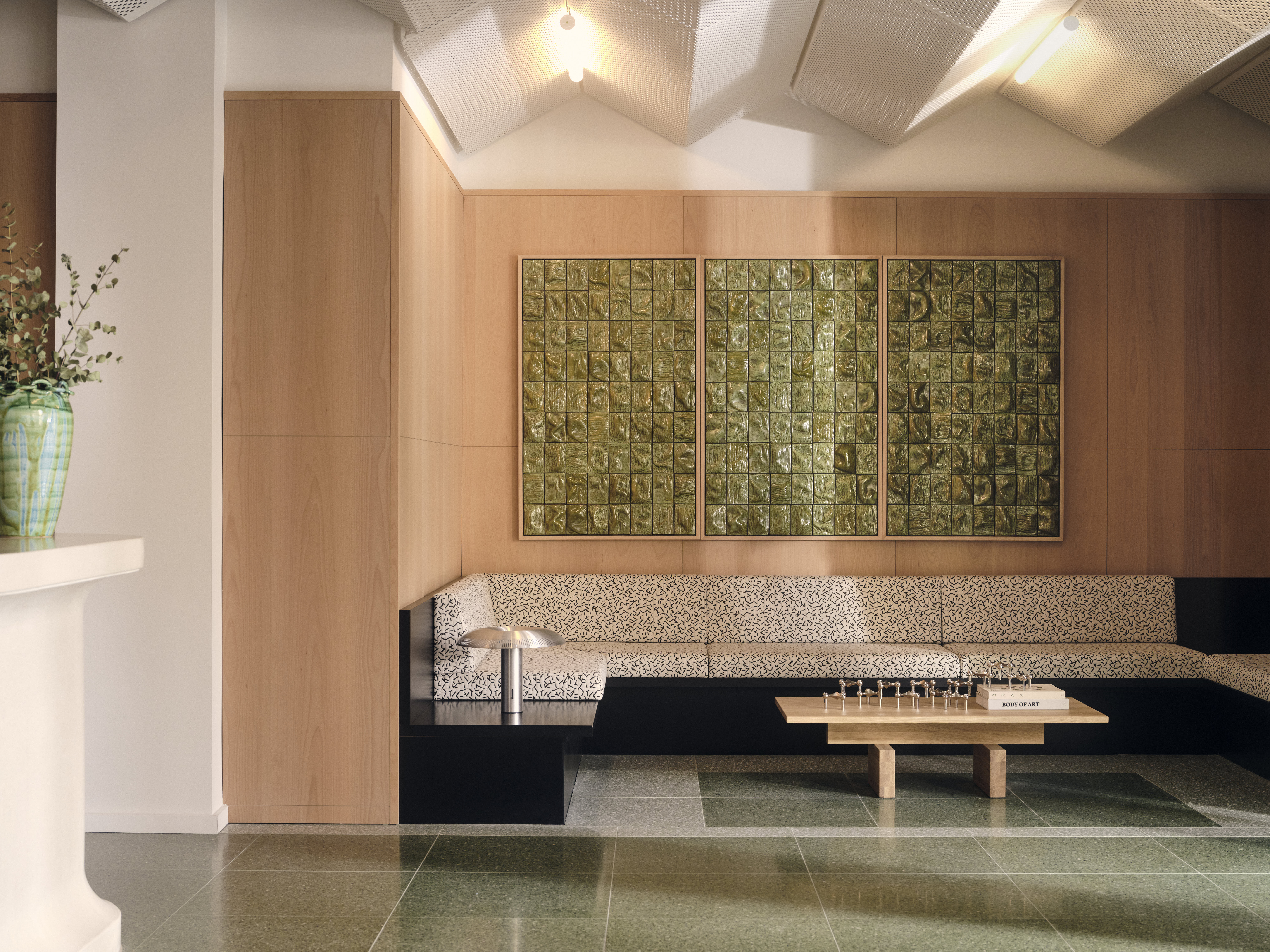
There was certainly plenty to work on, not least the suite of co-working desks, hived-off offices, an entire sweep of meeting rooms on the fifth floor, a penthouse board room with panoramic views over West London, yoga nook, gym, and cafe. Not surprisingly, the biggest challenge was keeping the different spaces from feeling repetitive, whilst still binding the whole with a unified design language.

Referencing the 1960s with a gimlet millennial eye, the designers have created an updated version that feels contemporary, yet warm and inviting. This included restoring the original terrazzo floors in the lift lobbies and refinishing the existing parquet floors.
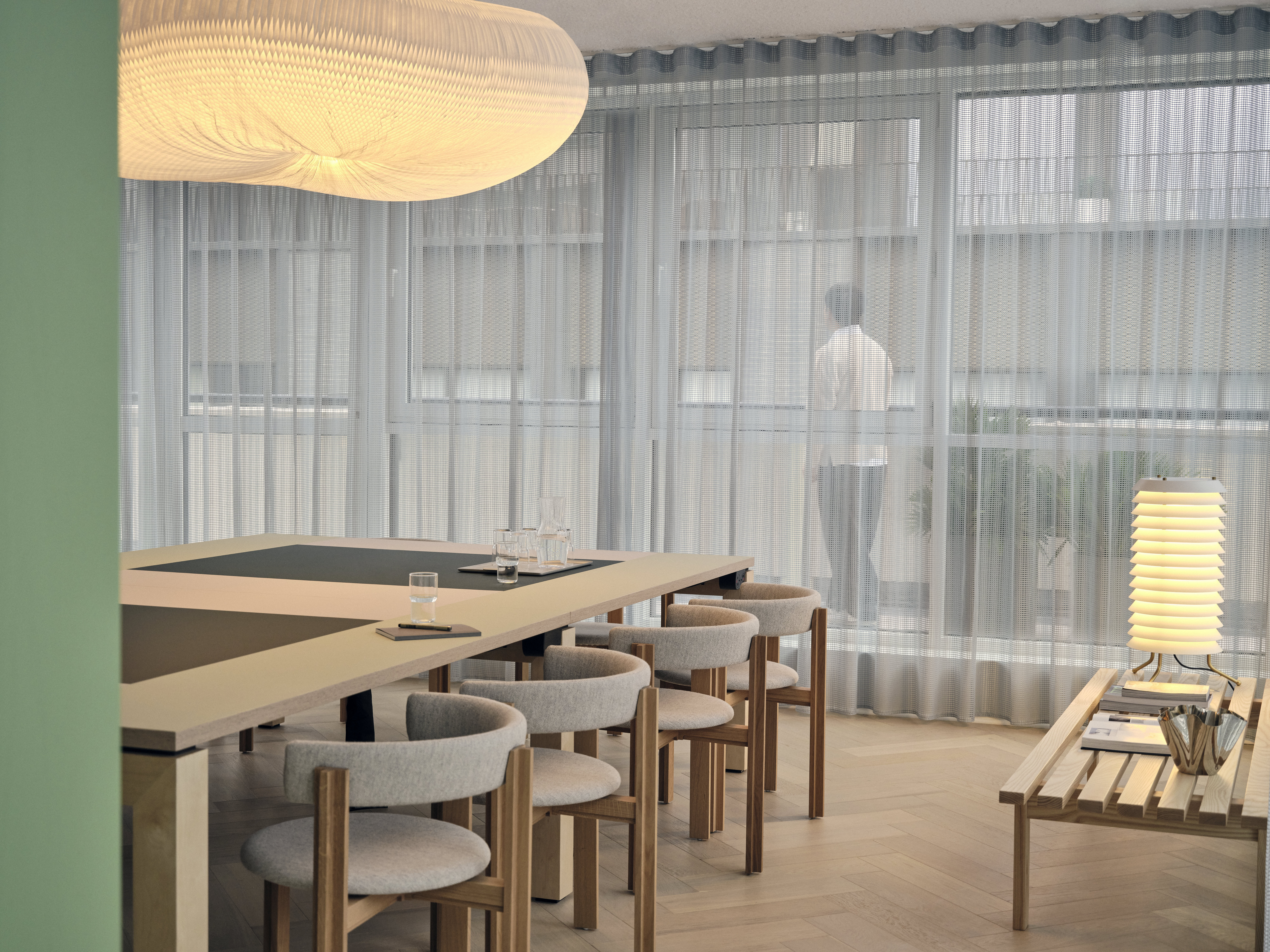
‘We used a lot of natural, tactile, robust materials that would wear well,’ Leong and McEwan explain. ‘We also found many ways to be sustainable. We reupholstered old Vitra Eames desk chairs, and worked with Kvadrat to upcycle all the existing loose textiles into new table tops for the ground floor café. Overall, we worked with a tight material- and colour-palette, using different tones and textures throughout, but in a way that makes the spaces feel coherent.’

The result is a fresh take on what is becoming a common working experience, especially in these post-pandemic times, Leong and McEwan bringing what they hope is ‘a sense of history, playfulness and life back into the building’.




